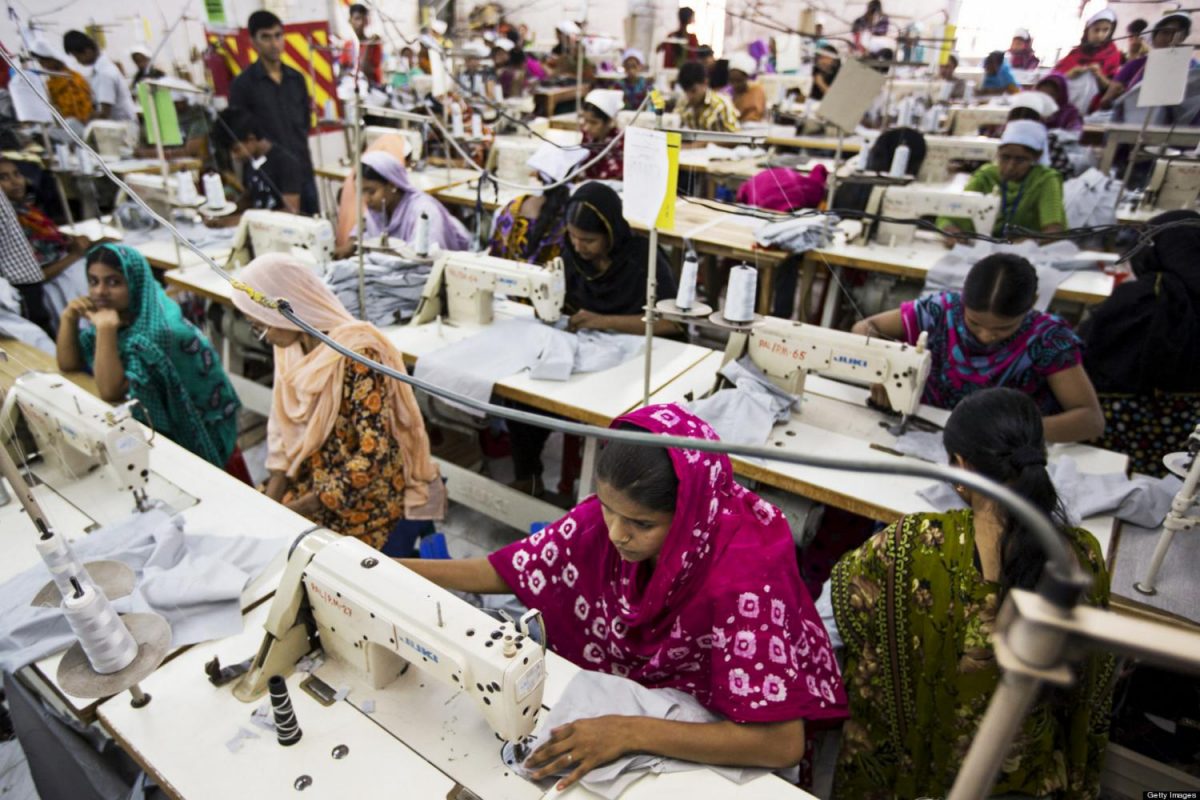The truth about the Garment District
People all around the world suffer to make the clothes that everyone wears
When a person looks at the piece of clothing they are wearing, it almost always says where it was made. India, Bangladesh and China are just a few of the places that are seen on tags. However, as production in said countries rise, people all around the world fail to see the harsh reality of it all. When browsing a store, people often look for clothes that they like, clothes that will fit them correctly and, for the bargain shopper, the cheapest price. The tag may say, “Made in Bangladesh,” but do people know how the clothing is made and about the workers who make it?
In Bangladesh alone, there are around five thousand garment factories that employ almost four million people. This makes people think the economy is booming in Bangladesh. Although many people are employed, their jobs expose them to harmful conditions, such as working in a crumbling building or breathing in harmful chemicals, child labor and low monthly wages, which can be anywhere from $30 to $90 U.S. currency. With the wages they are paid, the workers struggle to keep afloat. The Bangladesh Garment District is profitable, but also deadly.
On April 24, 2013, a garment factory collapsed outside of the nation’s capital of Dhaka. The makers of said building ignored building codes and used cheap materials during construction of the building. As the building cracked over the years, employees brought their concerns to their superiors, who again ignored the pleas. The collapse took more than one thousand lives. Many buildings continue to worsen or even collapse as time goes on. These stories don’t crest the news due to a lower mortality rate.
Chemicals are also posing an immediate threat to the factory workers. The chemicals used are flammable, therefore causing many fires in buildings with, already poor air ventilation. Fires are seen as another leading cause to collapse and damage.
Around 80 percent of garment factory workers are women. However, the women are still poor and live in poverty. Many women who have children send them away while they work to protect their safety, only seeing them one or two weeks a year. While away, the children attend schools or stay with family. Other mothers, who can not afford to send their children away, have their children stay in the home or even come to work with them. Many mothers wish for their children to not follow in their footsteps, but they eventually do, as they join their mothers during the workday.
When companies are looking for a place to produce their garment related goods, they often look for the country that will be the cheapest to manufacture in. The cheaper the manufacturing cost, the more profit the companies are pocketing. Bangladesh has a cheaper manufacturing cost than China and India .
This harsh reality facing the garment district everyday, will continue as long as consumers continue to buy clothes manufactured in these countries and, unknowingly, supporting these companies.



